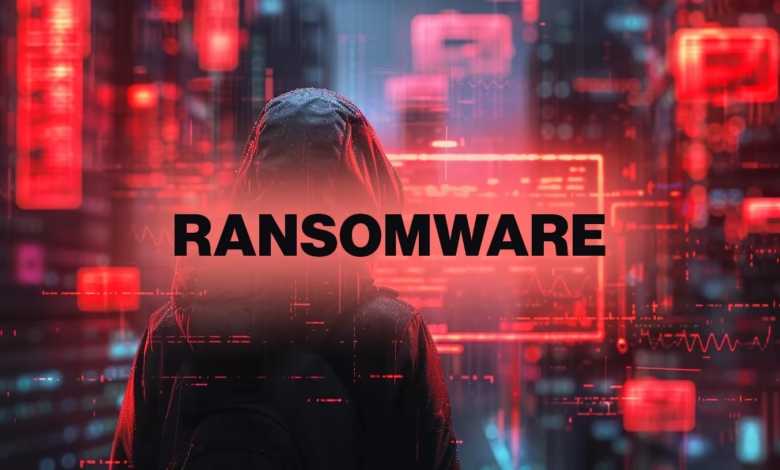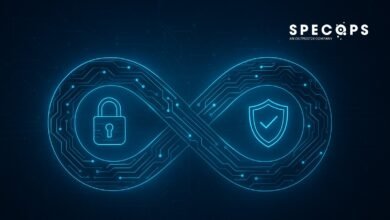AI Transforms Enterprise Ransomware Defense Strategies

▼ Summary
– 69% of organizations globally have been hit by ransomware, with 27% attacked more than once, while only 57% paid ransoms, down from 76% in 2024.
– Paying ransoms often fails to recover all data, with 25% of respondents not getting full data back, rising to 33% in the UK, and attackers still monetizing stolen data.
– Organizations lack essential security practices, with only 34% enforcing least privilege access and 57% implementing application controls, despite 90% of executives expressing concern.
– AI is accelerating both attacks (e.g., phishing via GenAI) and defenses, with 90% of organizations using AI in ransomware strategies, primarily for detection and response.
– Stolen credentials remain a major breach factor, enabling initial access, privilege escalation, and lateral movement, contributing to rising ransomware incidents.
Ransomware attacks are escalating globally, with nearly 70% of organizations reporting incidents, yet fewer are choosing to pay the ransom demands. While payment rates dropped from 76% to 57% year-over-year, cybercriminals are shifting tactics—85% of victims now face extortion threats, including data exposure, even after complying with demands.
Paying ransoms no longer guarantees data recovery. Roughly 25% of organizations that paid never fully regained access to their files, a figure climbing to 33% in the UK. Worse, stolen data often resurfaces in secondary attacks or underground markets, proving that capitulation rarely ends the crisis.
“Modern ransomware isn’t just malware—it’s an AI-driven, adaptive threat,” warns Art Gilliland, CEO of Delinea. Defending against these attacks requires equally advanced measures, including AI-powered detection, zero trust frameworks, and strict privileged access controls. Yet despite high executive awareness (90%), implementation lags—only 34% enforce least-privilege access, and barely half use application controls.
Recovery times remain alarmingly slow, with three-quarters of victims needing up to two weeks to restore operations. Just 18% bounce back within a day, underscoring the need for proactive defense. While 90% of firms have incident response plans—a positive trend, especially among small businesses—prevention remains critical. Once data is exfiltrated, it’s often weaponized for future attacks.
Top prevention strategies include:
- Automated system updates
- Frequent critical data backups
- Strict password policies
- Application control enforcement
AI is reshaping the battlefield, accelerating both threats and defenses. Attackers now leverage generative AI to craft hyper-personalized phishing emails, counterfeit branded websites, and even deepfake voice scams. Meanwhile, 90% of enterprises deploy AI for ransomware protection, primarily in security operations (64%), compromise analysis (62%), and phishing prevention (51%).
Compromised credentials remain the weakest link, enabling initial breaches, privilege escalation, and lateral movement. As ransomware groups refine their methods, organizations must prioritize identity security and real-time monitoring to outpace evolving threats.
(Source: HELPNET SECURITY)





